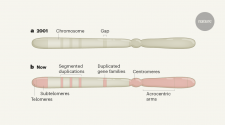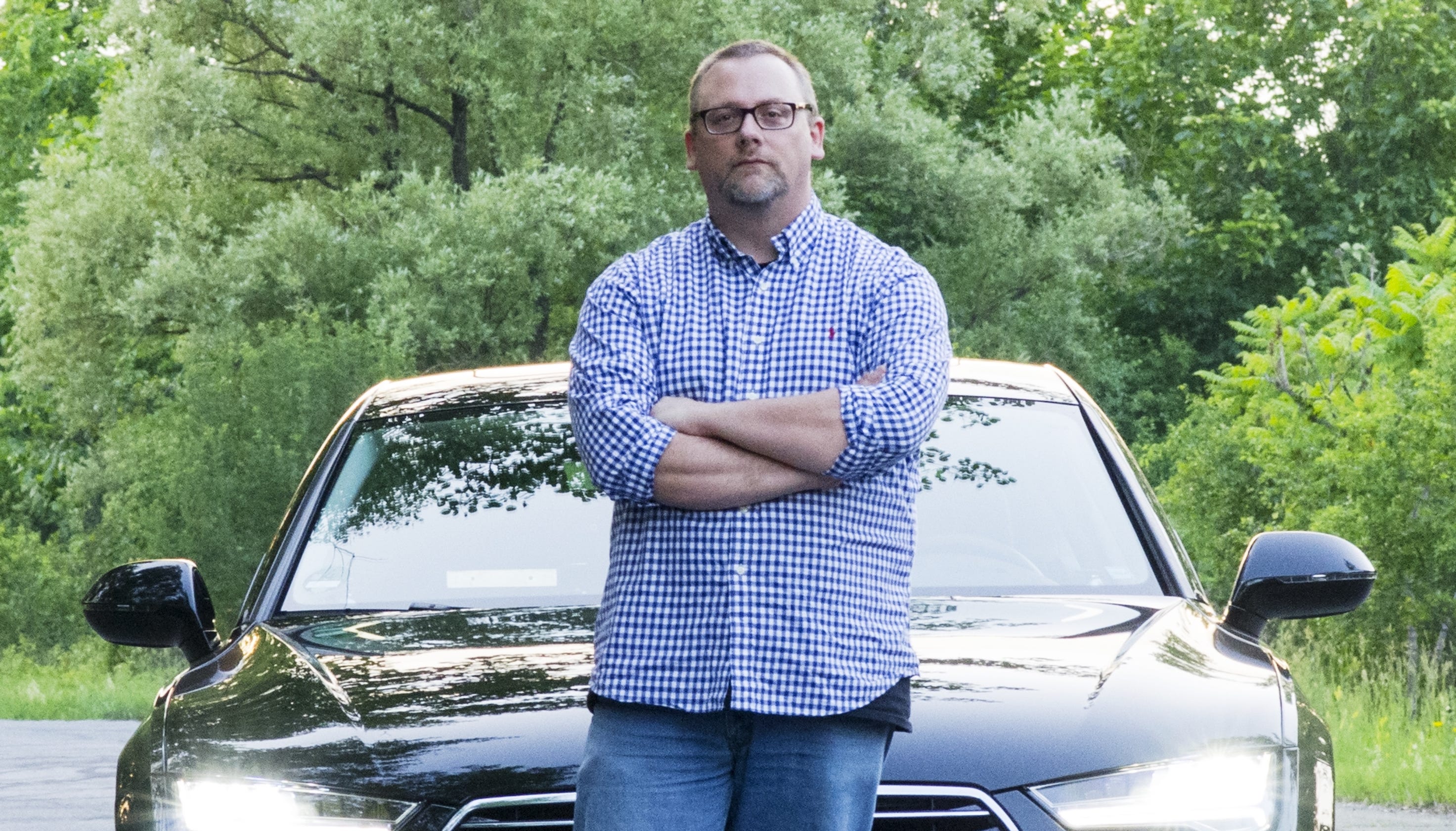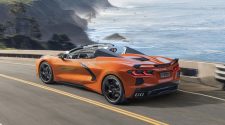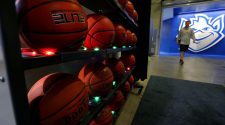Millions of Americans are driving around in the dark. That’s not a metaphor, it’s the state of U.S. headlight technology and maintenance compared to places like Canada, Europe and Japan.
Only about half of 2018 model year vehicles in the U.S. offered “adequate” headlights, and frequently only on expensive, option-laden models. That put good visibility out of sight for many American drivers, according to the Insurance Institute for Highway Safety, an industry group that tests and advocates for safety features.
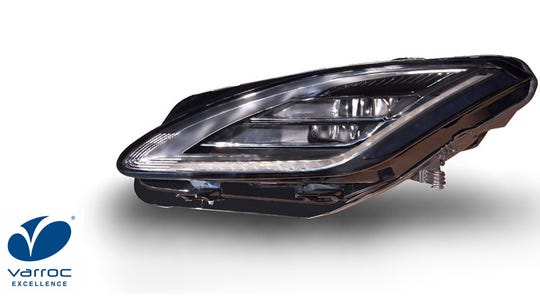
LED headlights are a building block for more accurate, adaptive ADB lights. (Photo: Varroc)
On top of that, experts say improper installation reduces the effectiveness of many advanced headlights, turning what should be safety aids into glaring annoyances for other drivers.
It’s easy to recognize the problems if you’ve been on the wrong end of a bright headlight aimed into your eyes, but harder for people driving cars with misaligned lights or those with cloudy, fogged-over lenses. They don’t know what they’re missing until they’re literally blindsided by an unexpected curve, construction zone or other obstacle their lights didn’t illuminate.
“A lot of headlights are in pretty sorry shape,” said John Bullough, director of transportation and safety lighting programs at Rensselaer Polytechnic Institute in Troy, New York.
Space cars: First-ever Lexus jet idea has specs you’ve never heard of, until now
License to drive: Buy James Bond’s Aston Martin from ‘Goldfinger’
Focusing light where drivers need it
Help is on the way, but there’s no telling when it will arrive. The National Highway Traffic Safety Administration, which sets standards for vehicle safety, is working on rules for a new technology called adaptive driving beam, or ADB lights. Automakers and suppliers are waiting impatiently to offer the superior systems they already sell in much of the world.
“Lighting technology has never accelerated like it is today,” said Todd Morgan, senior vice president for global product development at lighting supplier Varroc, which has an engineering center in Plymouth, Michigan, just west of Detroit.
Like high-intensity and halogen headlights before them, LEDs were initially limited to luxury vehicles, but Morgan said, “LED lights are evolving and their cost is becoming reachable,” for compact and subcompact cars and SUVs. Varroc’s goal is to make them and other new lighting technologies affordable for mass-market brands and vehicles.
ADB lights combine three features that are innovative and have been proven driving millions of miles in heavily regulated, safety conscious markets.
They consist of:
- Arrays of many LED lights
- Full-time high beams
- Systems to direct light away from other drivers’ eyes and toward street signs, or potential obstacles like a deer by the side of the road.
“We’re talking about a safety system with provable benefits,” Morgan said. “We have reams of data from Europe, but we don’t know when it’ll be legal in the U.S. It’s a huge shame.”
The latest ADB lights use digital cameras to detect oncoming vehicles, street signs, etc. Software turns selected LEDs on or off, keeping light out of oncoming drivers’ eyes and illuminating signs, pedestrians, detours, etc. Early ADBs used lenses or mechanical shutters to do the same thing.
While ADB high beams are on far more than traditional lights, Bullough says the LEDs should last the life of the vehicle so increased use won’t lead to higher replacement costs.
Better light when you tow
Other up and coming technologies include:
- Lasers to supplement LED high beams, increasing the range of headlights up to 50%
- Micro mirrors on LED chips, which could allow personalized signature lights and more.
Personalized and driver-programmable lighting will require more regulation, Morgan said, “We don’t want to turn the roads into discotheques.”
LED and high-intensity lights got a bad rap from people who think they’re too bright or harsh, blinding other drivers. That’s often because aftermarket lights were installed improperly and are aimed too high, but the oncoming driver doesn’t know that as they squint into the glare and curse all LED headlights.
The improper beam angle can also be caused by vehicles towing trailers or hauling loads whose weight pushes the rear end down and raises the headlights’’ angle. That’s less of an issue in Europe, where automatic headlight-leveling systems are common. The same systems that allow ADB to avoid drivers’ eyes should be able to adjust automatically for towing,
NHTSA is developing ADB testing standards that appear to be more rigorous than the sometimes subjective ones the European Union and United Nations have created.
Improvements in lightweight materials for lenses is reducing the likelihood of clouding and fogging over time. That didn’t happen with old glass headlights, but it’s been a problem as automakers switched to plastic to save weight.
Read or Share this story: https://www.usatoday.com/story/money/cars/2019/06/18/headlights-us-headlight-technology-safety-lag-europe-and-canada/1475320001/

